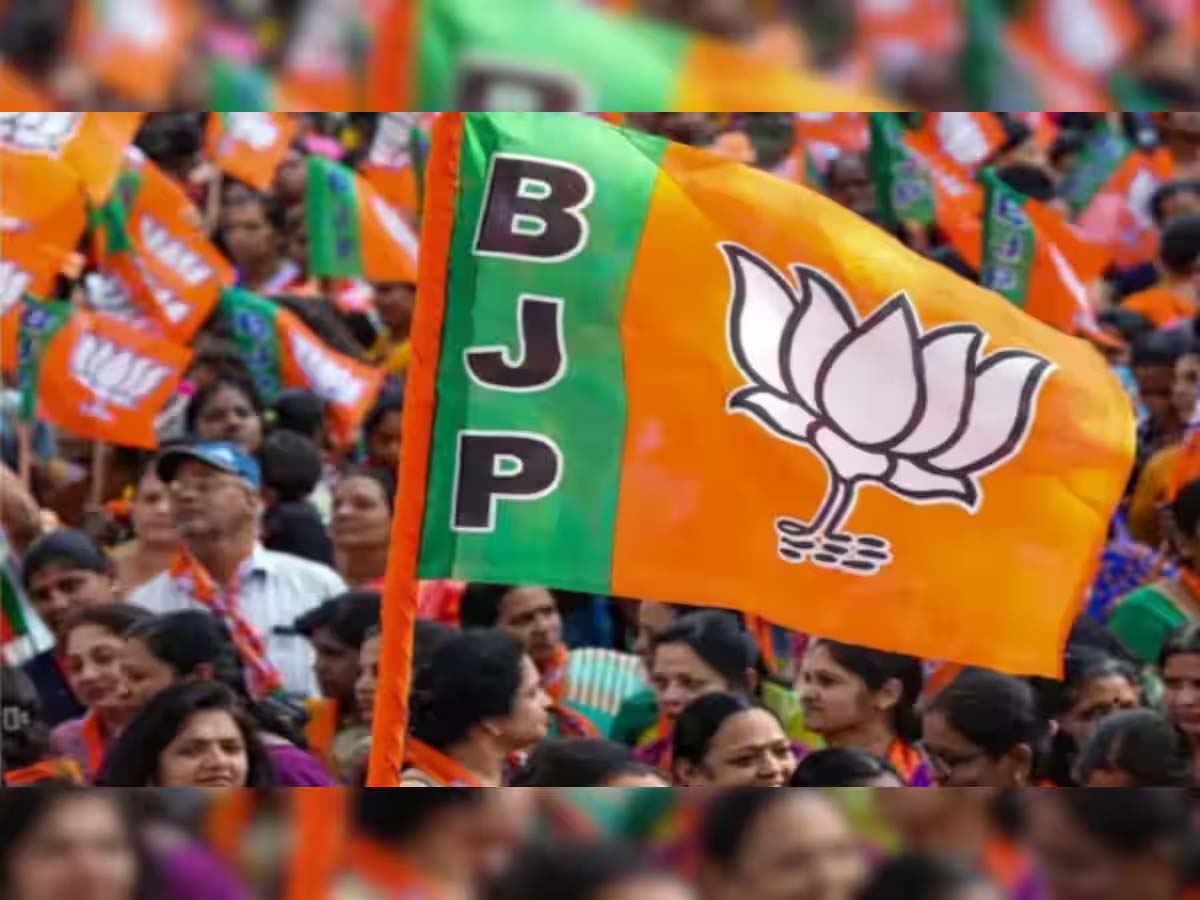Under the leadership of Prime Minister Narendra Modi, the BJP has fallen short of securing the 272 mark, the pivotal number required to independently form a government. Here’s an analysis of the key factors contributing to this outcome.
Disappointing Performance in Uttar Pradesh:
With 80 Lok Sabha seats, Uttar Pradesh holds significant sway in Indian politics. The BJP had pinned its hopes on a strong showing here, having secured 62 seats independently, with Apna Dal (S) clinching two more. Expectations were high, given the groundwork laid by the Uttar Pradesh government, led by Chief Minister Yogi Adityanath. However, the tide turned against the BJP as the INDIA bloc, comprising the Congress and Samajwadi Party, gained the upper hand. Despite the construction of the Ram Temple in Ayodhya, situated in Uttar Pradesh, the BJP found itself trailing in the Faizabad seat, which encompasses Ayodhya.
Subpar Performance in Maharashtra:
Anticipated to perform well in Maharashtra, alongside allies such as the Nationalist Congress Party and Shiv Sena, the BJP fell short of expectations. In the 2019 Lok Sabha elections, under the leadership of Devendra Fadnavis, the BJP had triumphed. However, this time around, Fadnavis couldn’t replicate that success. Factors such as sympathy for Uddhav Thackeray of Shiv Sena and Sharad Pawar of the NCP, coupled with internal discord within the Maharashtra BJP and the Maratha quota agitation, all worked against the saffron party.
Underwhelming Performance in Bengal:
Despite high hopes, the BJP, led by Prime Minister Narendra Modi, failed to make significant inroads in West Bengal. The Trinamool Congress, under the leadership of Mamata Banerjee, dominated the electoral landscape. Even attempts to leverage incidents like the Sandheshkhali incident failed to sway voters away from the TMC. Despite extensive campaigning by top BJP leaders, including Narendra Modi, Amit Shah, and JP Nadda, the results didn’t favor the party.
Poor Showing in Tamil Nadu and Kerala:
In the southern states of Tamil Nadu and Kerala, where the BJP had campaigned vigorously, success eluded them. Tamil Nadu saw a complete wipeout for the BJP, while in Kerala, they managed to secure only one seat. Despite optimistic assertions from BJP leaders, including Shivraj Singh Chouhan, voters in these states reaffirmed their support for INDIA bloc parties and the Left.
BJP’s Failure in Punjab:
With 13 seats at stake in Punjab, the BJP had hoped for a better performance. However, with Congress, AAP, and SAD contesting separately, the division of votes worked against the BJP. Furthermore, the BJP’s decision not to ally with the Shiromani Akali Dal proved costly. The farmers’ agitation, which originated in Punjab, underscored the agrarian community’s disillusionment with the BJP, reflecting in the electoral outcome.




